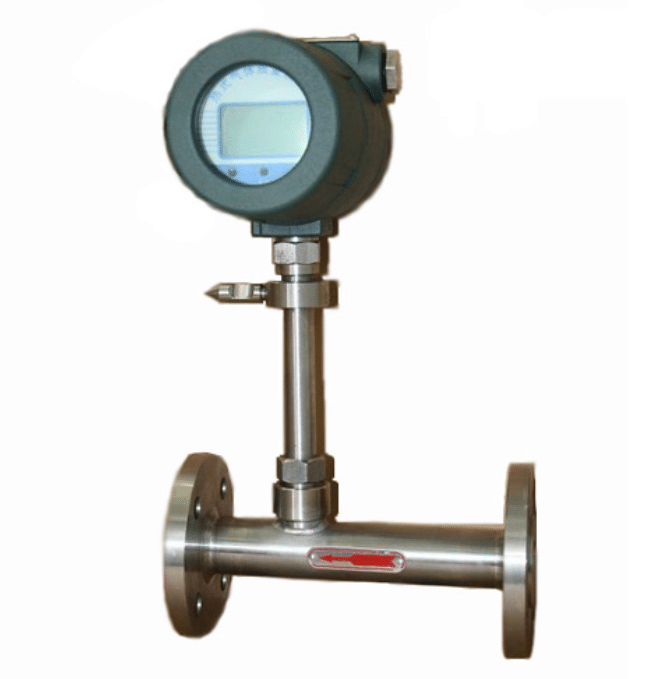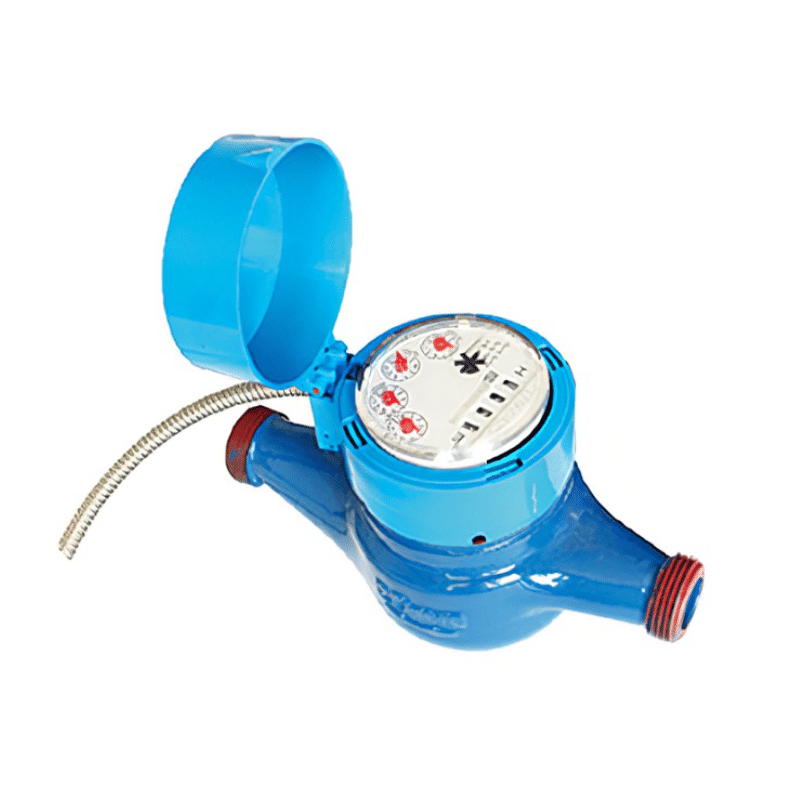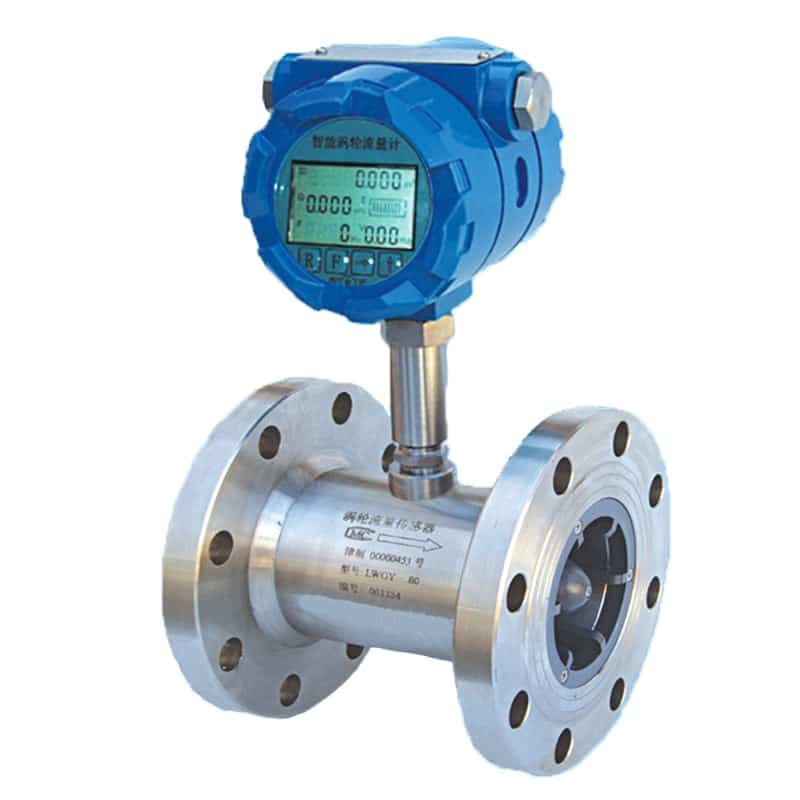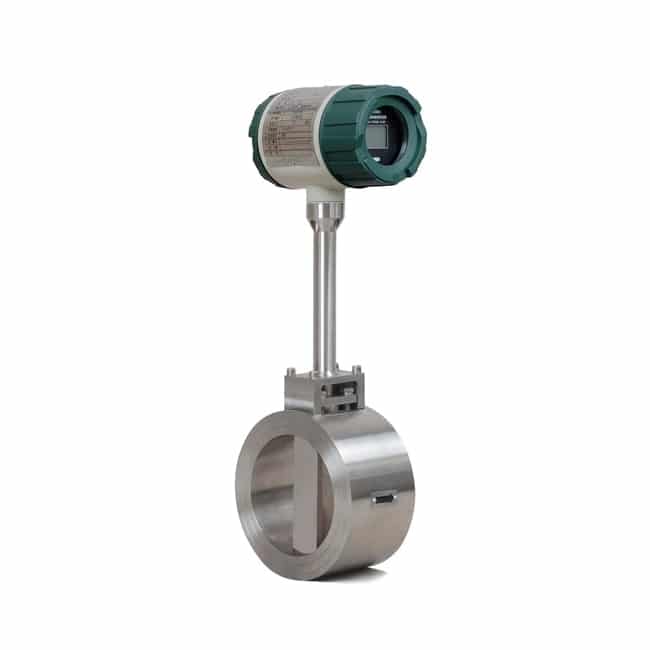What is mass flow?
Mass is how much matter is in a substance and is usually expressed in weight (grams, kilograms, tons, ounces or pounds).

Mass flow is the movement of mass over time through a fluid with an effective cross section in a closed pipe or open tank, so the unit of measurement is mass (or weight) per unit of time, expressed as pounds per hour or kilograms per second. One of the advantages is that in measuring mass flow, the mass or weight does not change with temperature or pressure. However, weight varies with gravity, but as long as we are dealing with earth applications, gravity is the same and does not affect the mass flow rate. The mass flow method is mainly divided into direct and indirect methods.
What is volumetric flow?
Volume is a three-dimensional measure of the area occupied by a substance.

Volumetric flow is a measure of the movement of a substance through a device over time. The standard units of measurement for volumetric flow are meters3 /second, milliliters/second, or feet3 /hour.
When heating a gas, the molecules bounce off each other, the gas expands, and the same amount of gas will now have a different space (i.e., assuming it is not a fixed volume). If the volume is fixed, the pressure will increase when the temperature increases. In addition, when increasing the pressure, the volume measurement will decrease.
For this reason, when using a volumetric flow meter to measure a gas, temperature and pressure measurements as well as gas density are required to convert the volume flow to mass flow.
Mass flow rate vs volumetric flow rate
The difference between the two is that mass flow is the measurement of the number of molecules in a flowing gas, while volume flow is the measurement of the space occupied by those molecules. Since gases are compressible, the volume flow rate changes significantly when the pressure or temperature changes.
Mass flow is selected when the focus of the flow measurement is the gas itself. Volumetric flow is selected when the focus of the flow measurement or control is within the volume of the gas. For example, industrial hygiene and ambient air monitoring applications work best in volumetric flow measurements because the goal is to quantify the number of particles within the volume of air under actual measurement conditions.
Benefits of mass flow measurement
There are some distinct advantages to using a mass flow meter rather than a volumetric meter. When using a volumetric meter, there is the added cost of purchasing and installing additional equipment for temperature and pressure correction. There is also an additional calculation to convert the volumetric flow rate to mass flow rate. In addition, mass flow measurements are considered to provide more reliable, higher accuracy and better repeatable data than volumetric flow methods.
Mass flow meter examples
The following devices measure gas mass flow rates.
- Coriolis flow meters
- Thermal mass flow meters
- Ultrasonic flow meters (indirect mass flow)
Examples of volumetric flow meters
The following devices measure volumetric flow rates.
- Volumetric flow meters
- Turbine flow meters
- Orifice plate
- Venturi
- Vortex flowmeter
- Pitot tube
- Rotor flowmeter
Flow meter products
More extended reading on flow meters:






